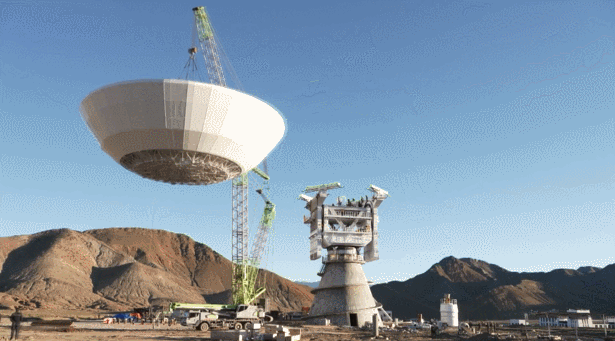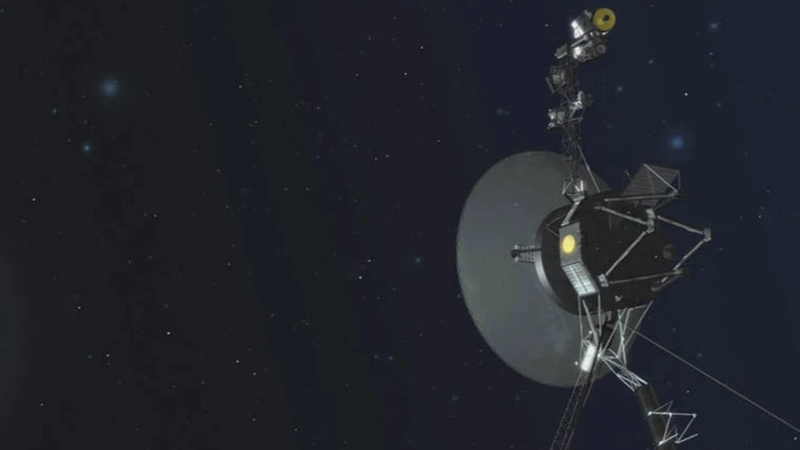Scientists have discovered that a day on Uranus now lasts 17 hours, 14 minutes, and 52 seconds—28 seconds longer than previous estimates from NASA's Voyager 2 mission in the 1980s. The breakthrough, published in Nature Astronomy, comes after a decade-long analysis of auroral activity and magnetic field data from the Hubble Space Telescope.
A French-led international team tracked Uranus' shifting magnetic poles, leveraging Hubble's continuous observations to refine measurements of the ice giant's rotation. "Hubble's long-term data was essential for capturing this subtle change," said lead researcher Laurent Lamy of the Paris Observatory.
The findings not only update our understanding of Uranus but also offer a novel method for measuring rotational periods of distant planets with magnetospheres. This discovery coincides with the 35th anniversary of Hubble's launch, set for April 24, highlighting its enduring role in advancing planetary science.
Reference(s):
cgtn.com








